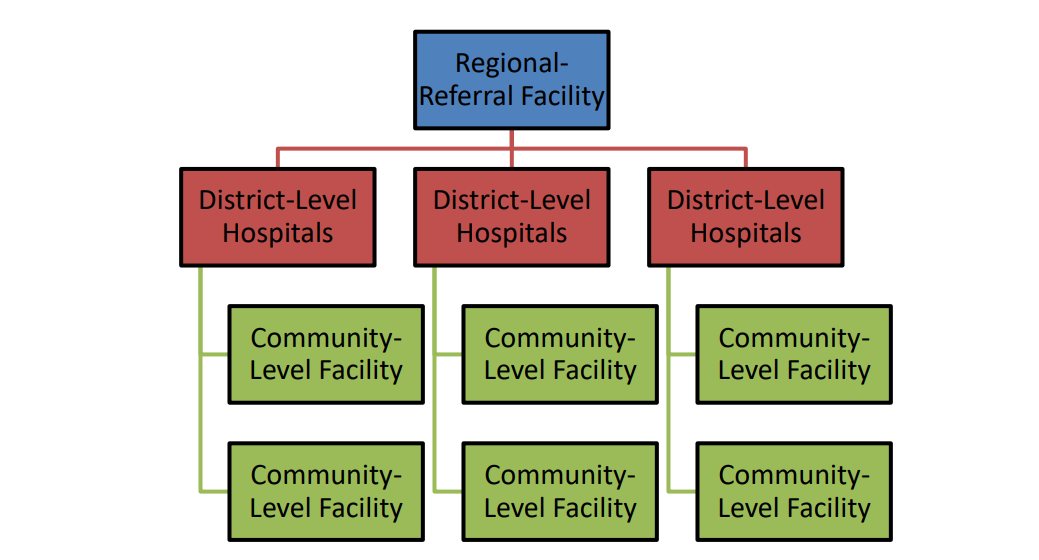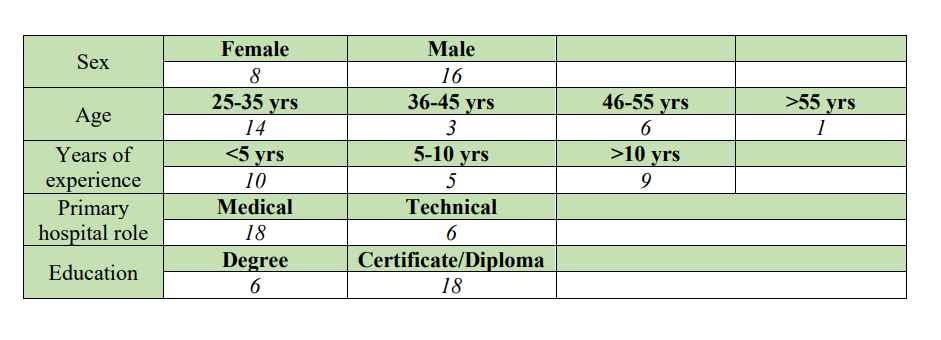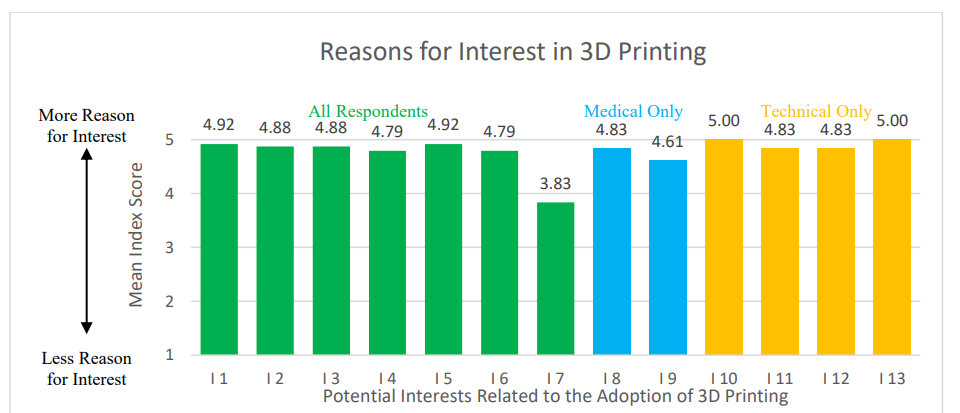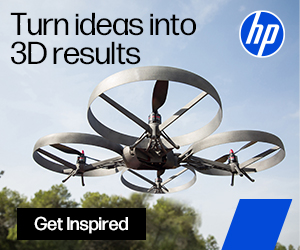3D Printing in Developing Countries & Low-Resource Environments: Localized Manufacturing
In the recently published ‘A Methodology for Triaging Product Needs for Localized Manufacturing with 3D Printing in Low-Resource Environments’ Benjamin Lyle Savonen offers a dissertation for the Pennsylvania State University College of Engineering, exploring improved methods for making products locally with the use of progressive technology—referred to as ‘locally manufacturing products with 3D printing (LM3D).’
The benefits of transitioning to 3D printing—as well as using it with other conventional manufacturing techniques—have brought on more than a passing interest by most industrialists, scientists, designers, and users at the DIY/maker level; in fact, digital manufacturing is considered to be the next industrial revolution. Greater affordability in production and intensified speed are just a sampling of the advantages being enjoyed today via 3D printing and additive manufacturing processes.
Users are also able to produce items on one machine (the 3D printer), offering a way to fill demand ‘in low-resource contexts.’ But, as Savonen points out, much of this potential has simply been discussed—not tested in realistic environments.
“While these settings are rife with examples in which specific products are both needed and otherwise unavailable, there exists no formal methodology for determining when Localized Manufacturing with 3D printing (LM3D) is an appropriate intervention for a product or scenario,” states Savonen.
The research here more specifically investigates the use of LM3D in developing communities and humanitarian response situations, as well as the possible uses for 3D printing in a western-Kenyan healthcare system.
“The initial motivation for this research was ignited by my service with the United States Peace Corps (2012- 2014). In the United Republic of Tanzania I worked on projects related to science education, health, and water access in a rural village setting. Whether it was pipe fitting or piece of laboratory equipment, a common thread through my work was a lack of accessibility to the specialty goods need to complete these 5 projects. Upon the competition of my service and my return to the United States, I became aware of the ever-increasing accessibility of 3D printing in the United States in both home and educational settings,” states Savonen.
“In the subsequent years or researching this topic, I have worked with development workers, humanitarians, and those who live in low-resource contexts who are all interested in how 3D printing could be better integrated into their work.”
Savonen has no qualms about the realities and the challenges of 3D printing, stating that he clearly realizes it is not a miracle technology, but rather one that is just another route to manufacturing—rife with pros and cons, and limitations. 3D printing has proven to have great potential for helping individuals in developing countries, however, from creating prosthetics, devices for medical diagnostics to easing issues with getting clean water, and more, to include humanitarian efforts:
“While there are significant differences between international development and humanitarian relief applications, many developing communities that are not experiencing humanitarian crises would still benefit from the logistics of LM3D. Reducing delivery times and simplifying supply chains may not be as critical as they are in international development, but the adoption of LM3D could represent a key opportunity for fighting global poverty.”
The power of 3D printing could allow developing countries to print out much-needed parts—as well as innovate—in isolated areas.
“Beyond reductions in cost and delivery time, this could have two additional impacts on developing communities: increasing access to specialty goods and empowering local designers,” states Savonen.
More importantly, for use in a healthcare system, 3D printing could allow for much easier transfer of data, along with the ability to create ‘viable products.’ With an evolved methodology for triage, Savonen sees the potential also for 3D printing of ‘low-resource contexts’ along with offering greater perspective for humanitarian actors about how such technology can play a role in their fields and professions.
“The use of 3D printing in a healthcare system for rural developing communities allows for unique insight into product and technology adoptions processes in developing communities. Beyond LM3D, the research conduct in the Kenyan healthcare system can improve the understanding of how technology adoption related decisions occur,” concludes the author. “This, in-turn, benefits engineers and designers from all contexts to better be able to understand the design principles necessary for both effective technology transfer and in creating impactful and viable products for consumers in developing communities.
“These designs build upon existing work to create technologies more appropriate for LM3D and consider the social, economic, and technical limitations that are present when designing products and technologies for rural, developing communities. This, in turn, makes the benefits of this technology accessible and practical to people living and working in low-resource contexts.”
What do you think of this news? Let us know your thoughts! Join the discussion of this and other 3D printing topics at 3DPrintBoard.com.
[Source / Images: ‘A Methodology for Triaging Product Needs for Localized Manufacturing with 3D Printing in Low-Resource Environments’]Subscribe to Our Email Newsletter
Stay up-to-date on all the latest news from the 3D printing industry and receive information and offers from third party vendors.
Print Services
Upload your 3D Models and get them printed quickly and efficiently.
You May Also Like
Velo3D Secures $22M Metal 3D Printing Powder Supply Deal with Amaero
Velo3D (OTCMKTS: VLDX) has signed a major new agreement with metal 3D printing powder manufacturer Amaero (ASX: 3DA). The five-year deal is valued at USD $22 million and centers around...
An Editorial Changing of the Guard at 3DPrint.com
After five years leading the editorial team at 3DPrint.com, Michael Molitch-Hou has moved on to a new role at ASTM International, a global organization that develops standards for industries including...
Jason Lopes, Gentle Giant CTO and Hollywood Trailblazer, Honored at AMUG 2025
At this year’s Additive Manufacturing Users Group (AMUG) conference in Michigan, one name stood out: Jason Lopes, chief technology officer (CTO) of Gentle Giant Studios. Known for pioneering 3D scanning...
Caracol’s Robotic LFAM Used to Fabricate 3D Printed Installation for Milan Design Week
This year’s Milan Design Week just wrapped up a few days ago, and it’s one of those events I would love to attend someday. Almost every time, there are 3D...

































